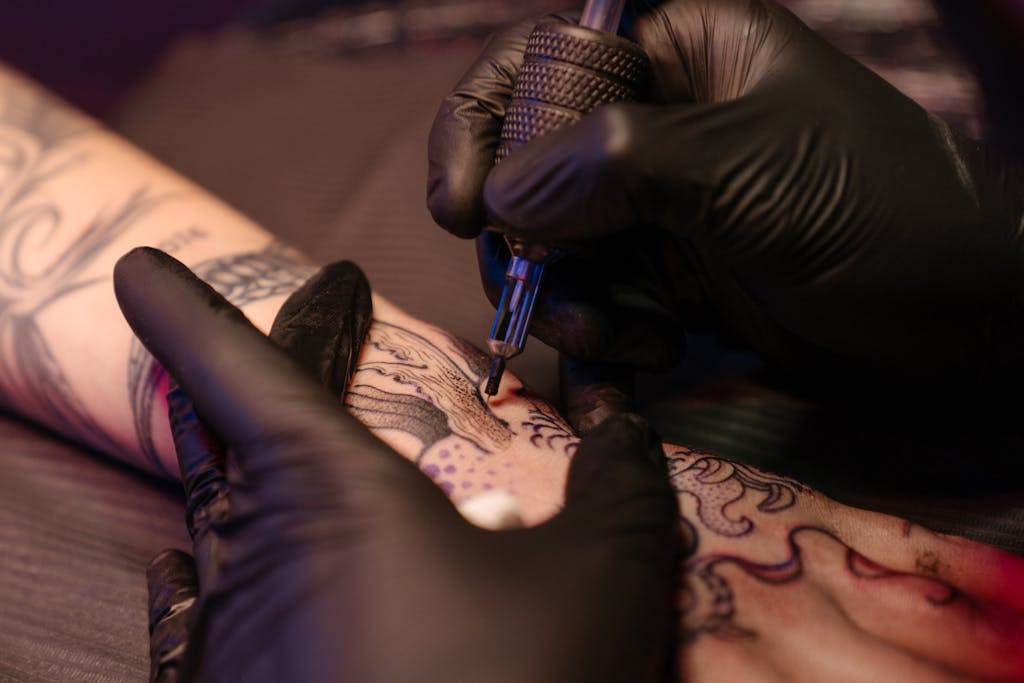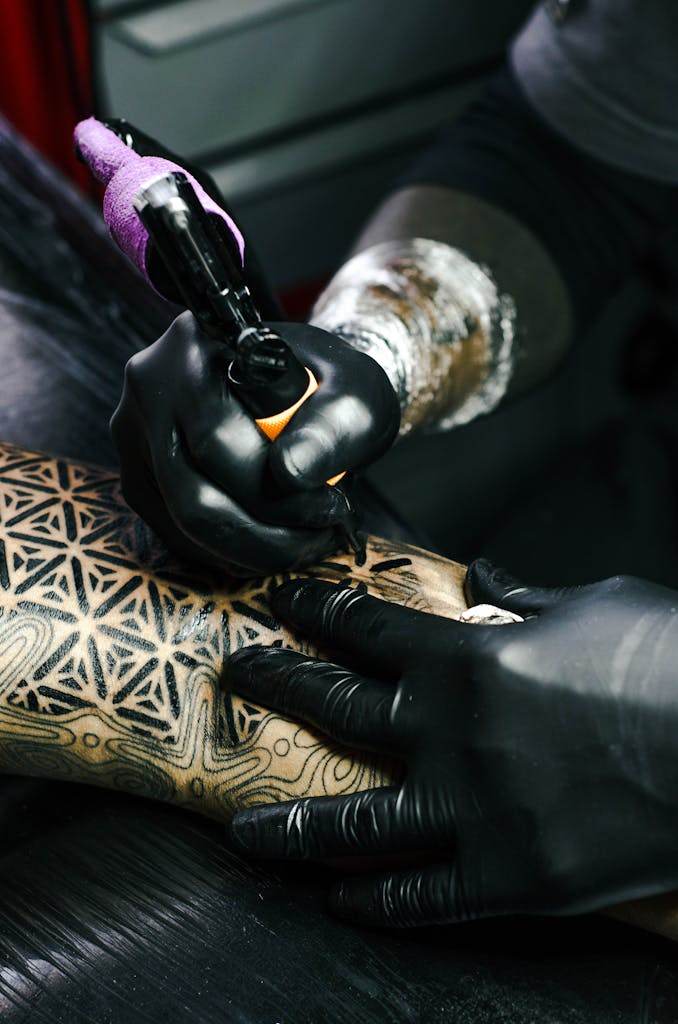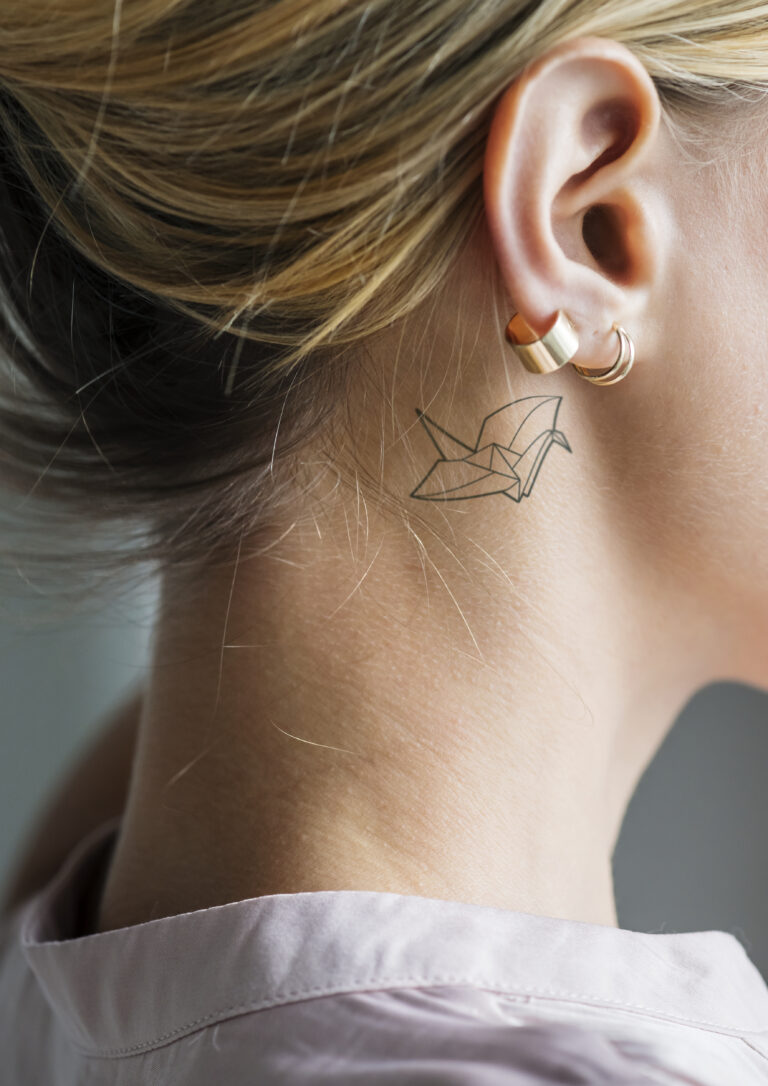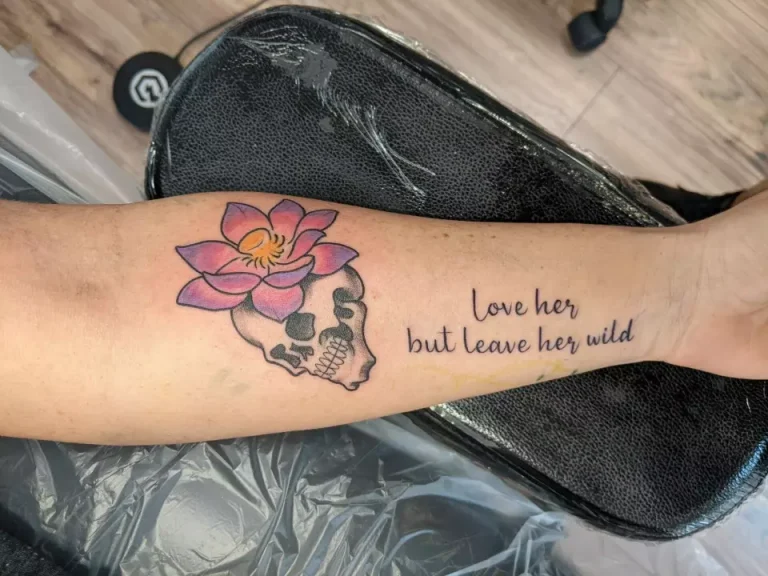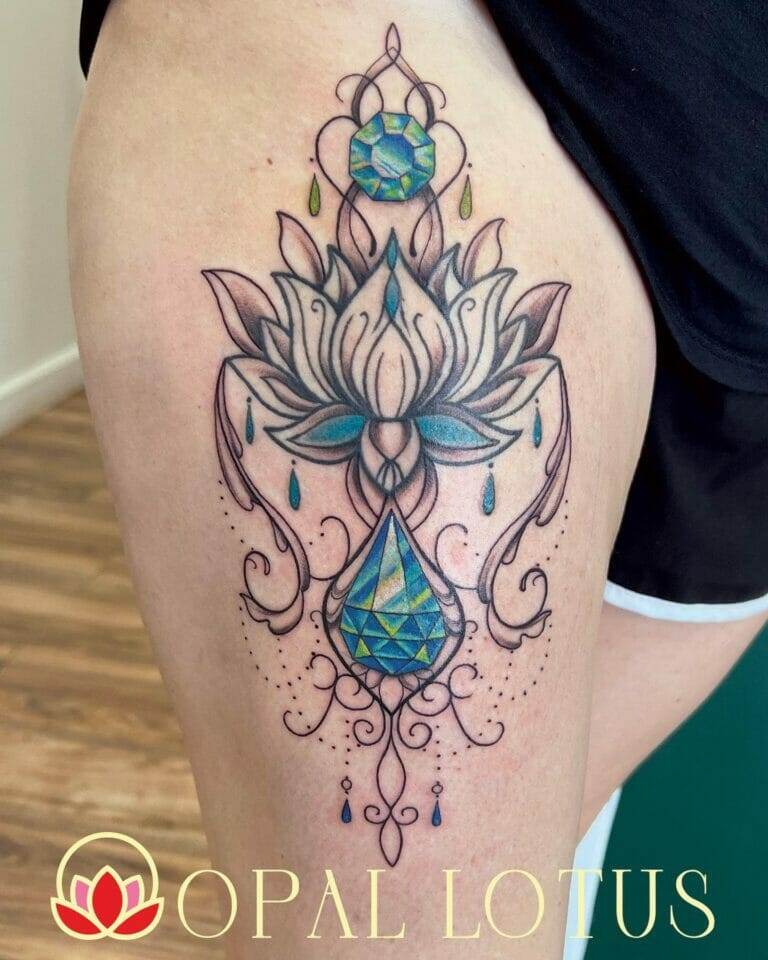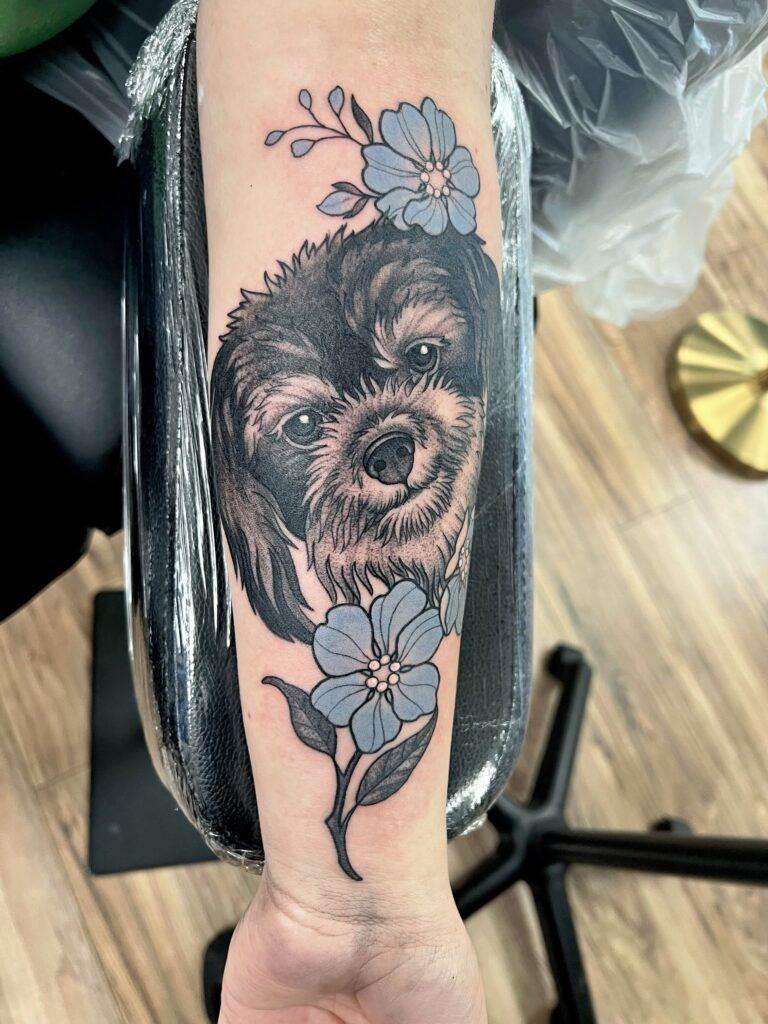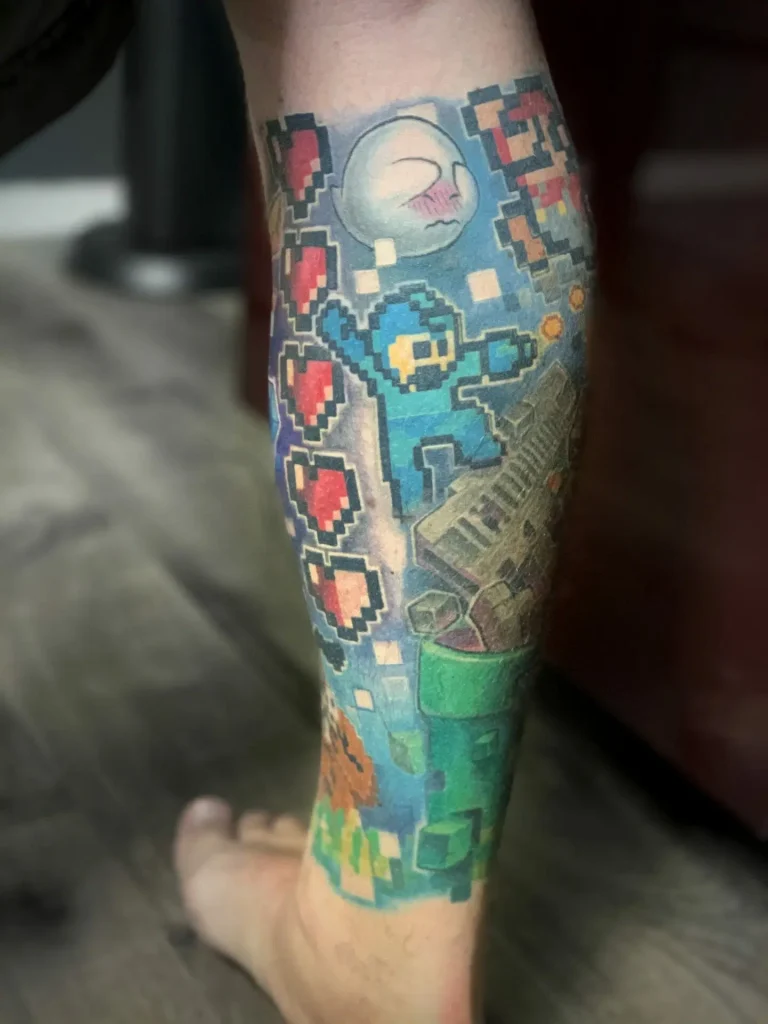Introduction
The art of tattooing has evolved significantly over the years, and much of this transformation can be attributed to advancements in tattoo machine technology. Tattoo machines are the backbone of modern tattooing, allowing for more precision, efficiency, and creativity in the designs that artists bring to life. In this article, we will explore the role of tattoo machines in shaping the tattoo industry, their different types, and how innovations continue to enhance the quality and artistry of tattoos.
Evolution of Tattoo Machines
Tattooing is an ancient art form, but the development of the modern tattoo machine marked a significant turning point in how tattoos are created. Early tattooing methods involved manually piercing the skin with tools like needles or bones, but this process was slow, painful, and inconsistent. The invention of the electric tattoo machine revolutionized this process, making tattooing faster, more accurate, and less invasive.
Key Milestones in Tattoo Machine Development:
The First Electric Tattoo Machine: The first electric tattoo machine was created in the late 19th century. It was based on the design of a rotary engraving device and allowed artists to create more intricate and precise designs.
Introduction of Coil Machines: Coil tattoo machines, which use electromagnetic coils to drive the needle, became the standard in the tattoo industry. These machines offer better control and are highly versatile, making them ideal for a variety of tattoo styles.
The Rise of Rotary Machines: Rotary machines operate using a rotating motor and have gained popularity in recent years for their quieter operation and smoother needle movement.
Each development in tattoo machine technology has helped artists push the boundaries of what’s possible in tattooing, allowing for more detailed, realistic, and complex designs.
Types of Tattoo Machines
There are several types of tattoo machines, each with its unique mechanics and advantages. Understanding the different types can give insight into how artists choose the right tools for specific tattoo styles.
Coil Tattoo Machines
Coil tattoo machines are the most common type used by professional tattoo artists. They use electromagnetic coils to move the needle up and down, allowing for sharp, crisp lines and shading. These machines are highly customizable, making them a favorite among artists who want full control over their equipment.
Benefits:
- Ideal for lining and shading.
- Highly adjustable for different skin types and tattoo styles.
- Powerful and durable, suitable for long tattoo sessions.
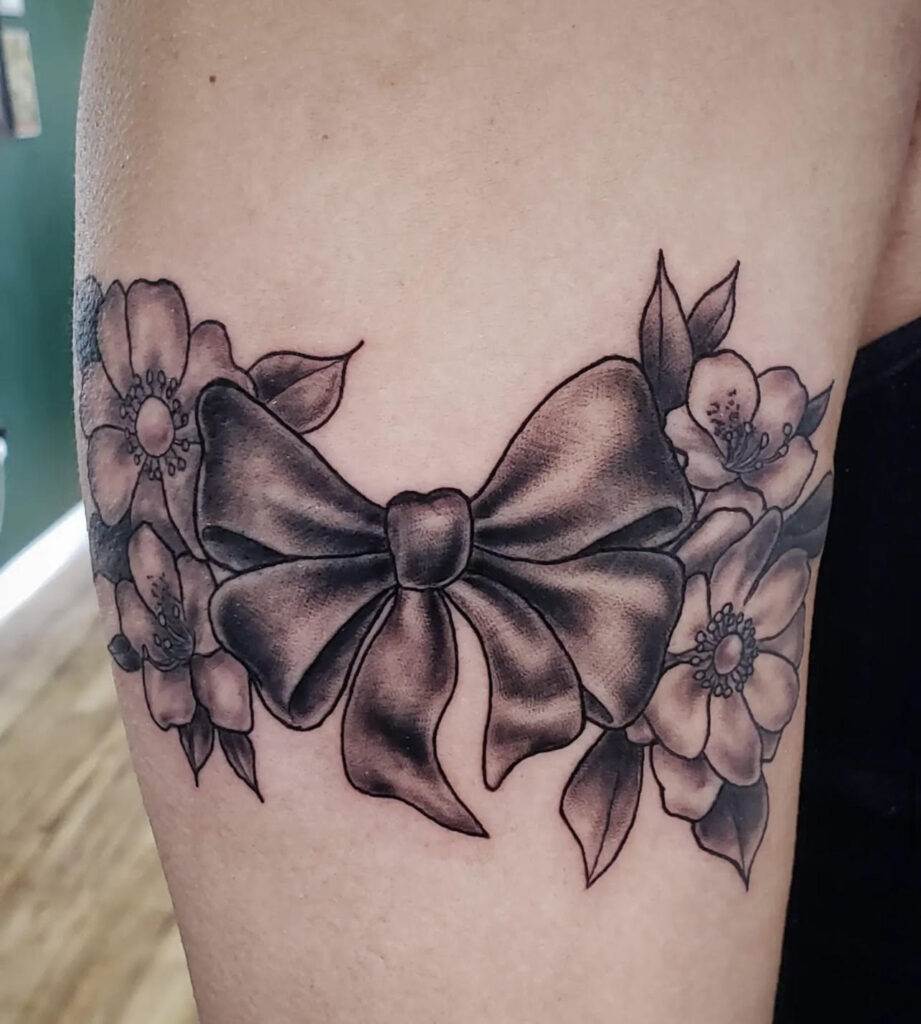
Rotary Tattoo Machines
Rotary tattoo machines use a motor to drive the needle, offering a smoother and quieter operation compared to coil machines. They are lightweight and cause less vibration, which can make them more comfortable for both the artist and the client.
Benefits:
- Smoother needle movement.
- Quieter and less vibration.
- Easier for beginners to use.
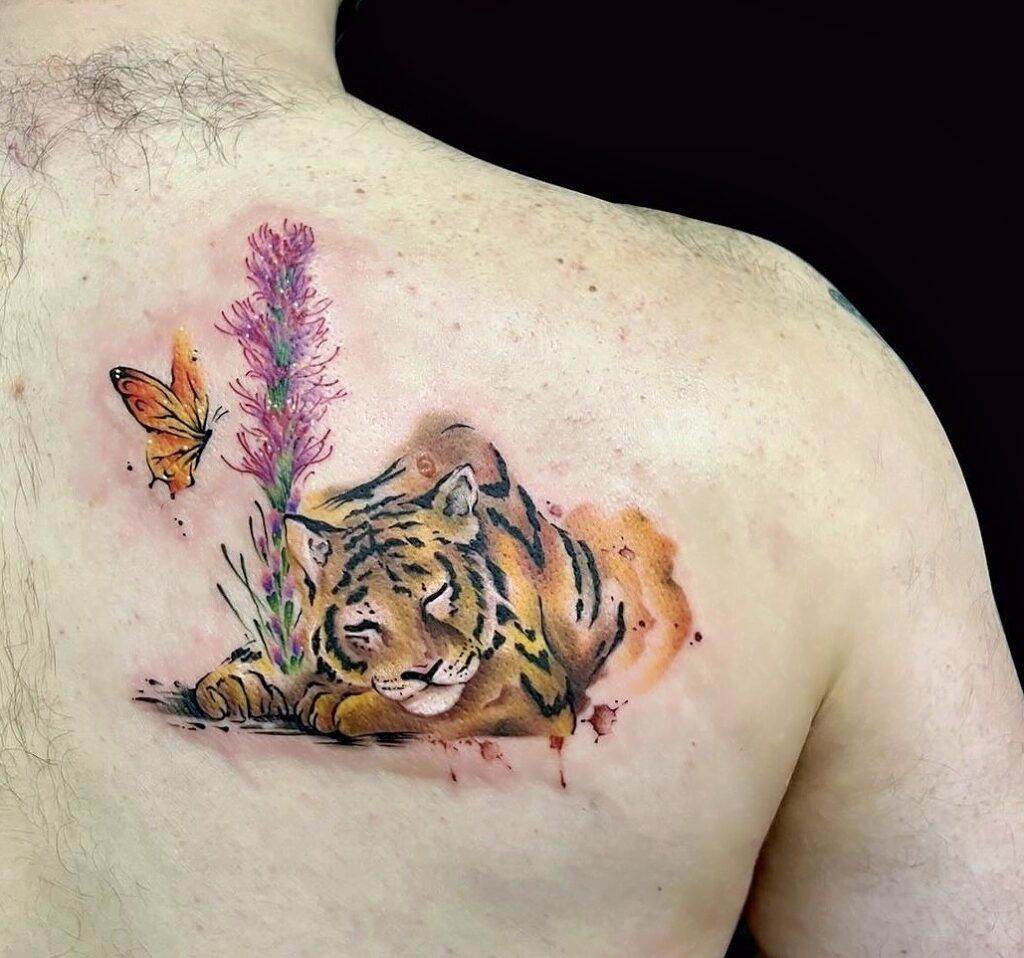
Pneumatic Tattoo Machines
Pneumatic machines use compressed air to power the needle. These machines are less common but are valued for their lightweight design and sterilization benefits, as they are easy to clean and maintain.
Benefits:
- Lightweight and easy to maneuver.
- Can be fully sterilized, reducing the risk of cross-contamination.
- Consistent and reliable performance.
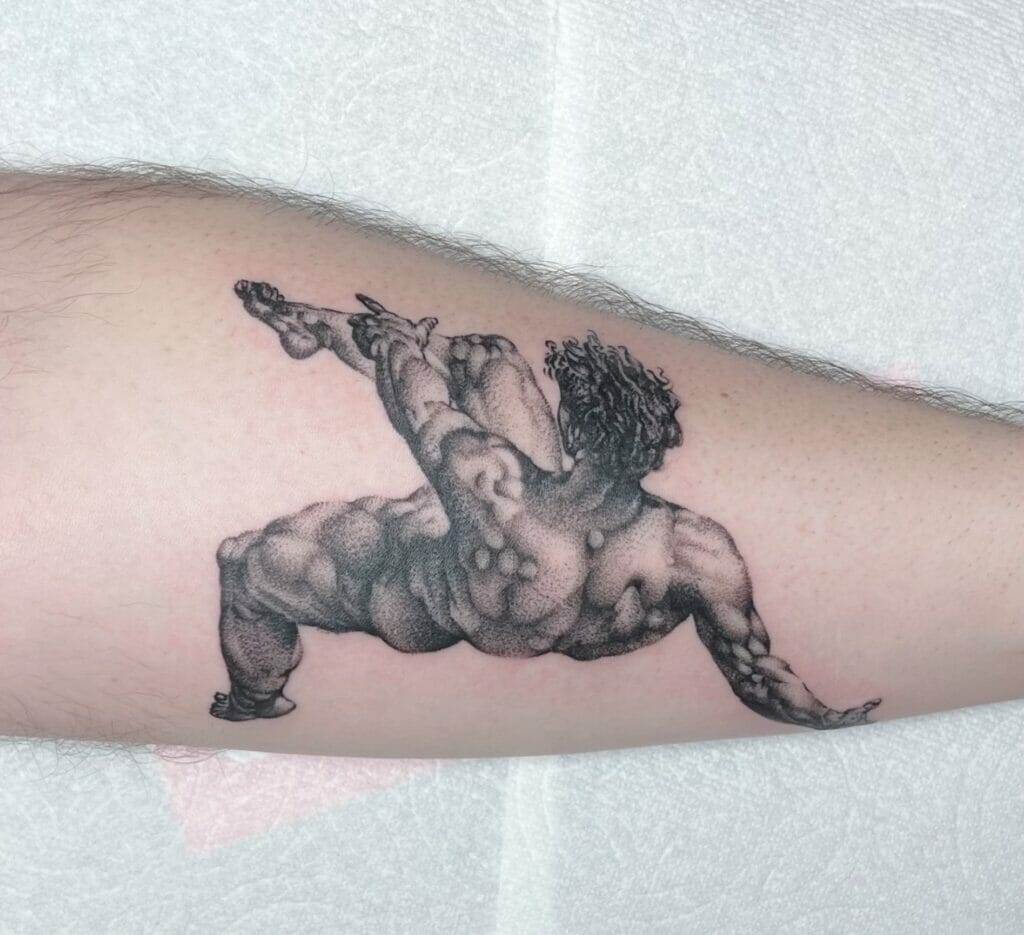
How Tattoo Machines Shape Modern Tattooing
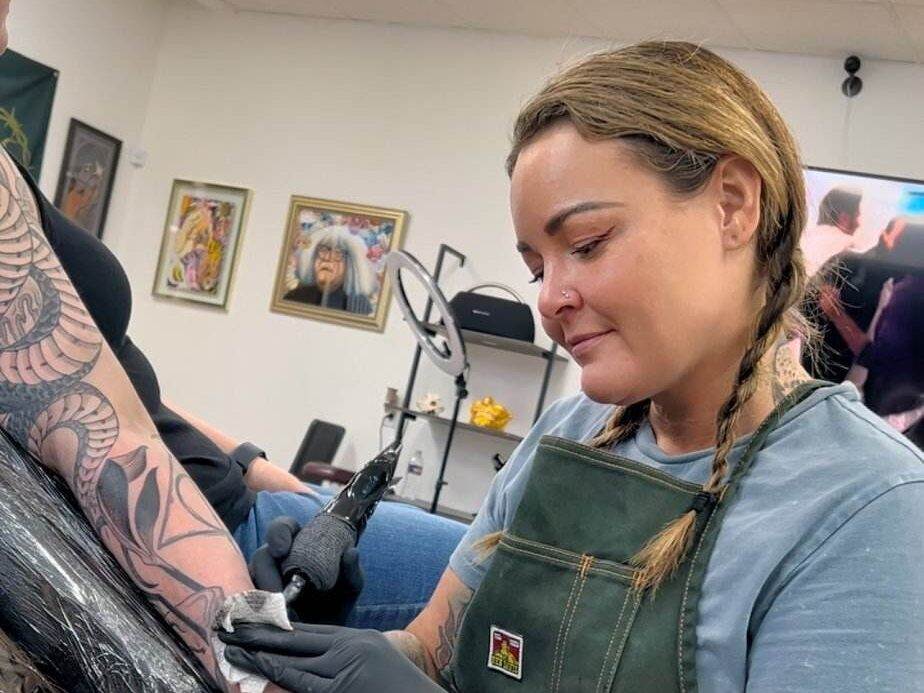
The technology behind tattoo machines plays a critical role in determining the quality and precision of the tattoos artists create. Modern machines offer several benefits that were not possible with older manual techniques.
Precision and Detail
Tattoo machines allow artists to work with a higher level of precision, enabling them to create intricate designs with fine lines, detailed shading, and vibrant color gradients. This has opened the door for more complex tattoo styles, such as realism and hyper-realism, that require extreme attention to detail.
Efficiency and Speed
One of the most significant advantages of modern tattoo machines is the speed at which they can work. A process that once took hours or even days can now be completed in a fraction of the time, allowing artists to focus more on the creative aspects of tattooing rather than the technical difficulties of older methods.
Customization and Versatility
With the ability to adjust machines to different settings, artists can tailor their equipment to suit different skin types, tattoo styles, and client preferences. This versatility ensures that artists can consistently produce high-quality work, whether they are creating bold lines, soft shading, or vibrant colors.
Innovations in Tattoo Machine Technology
The tattoo industry continues to innovate, with advancements in machine technology playing a major role in shaping the future of tattooing. Some of the most notable innovations include:
Wireless Tattoo Machines
Wireless machines eliminate the need for power cords, giving artists more freedom of movement and reducing the clutter in their workspace. These machines typically use battery packs that provide several hours of operation, making them ideal for long tattoo sessions.
Digital Controls and Automation
Many modern tattoo machines come equipped with digital interfaces that allow artists to control settings such as speed, power, and needle depth with precision. This level of control helps to minimize mistakes and ensures that each stroke is consistent, contributing to a better overall tattooing experience.
Eco-Friendly Machines
With growing awareness of environmental issues, some manufacturers are focusing on creating eco-friendly tattoo machines that use sustainable materials and energy-efficient designs. These machines not only reduce waste but also align with the values of many artists and clients who prioritize sustainability.
Conclusion
The evolution of tattoo machines has revolutionized the art of tattooing, allowing for greater precision, efficiency, and creativity. As technology continues to advance, tattoo machines will likely become even more sophisticated, enabling artists to push the boundaries of their craft. Whether through the introduction of wireless systems, digital controls, or new types of machines, the role of technology in tattooing is clear: it shapes the future of this ancient art form, making it more accessible, versatile, and dynamic than ever before.
By understanding the types and functions of tattoo machines, both artists and clients can appreciate the technological advancements that enhance the beauty and artistry of tattoos in today’s world.

